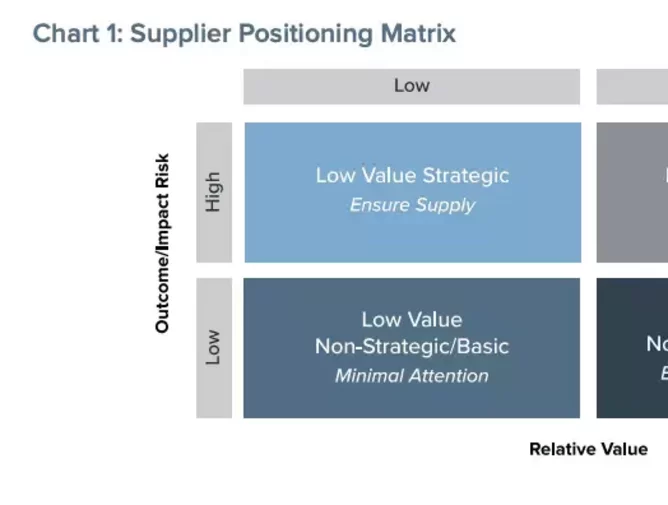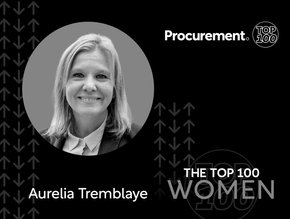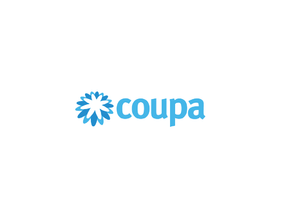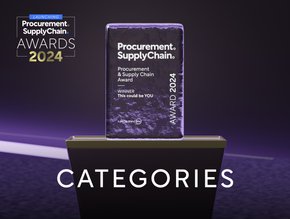JAGGAER: Supplier transparency as a procurement strategy

Organisations are moving towards a more transparent supply chain approach to encourage more sustainable practices. Becoming aware of ESG within the supply chain helps organisations to create actionable insights to optimise procurement processes.
Ultimately, the more insights a business can obtain, the more prepared they are for mitigating supplier risk.
The current supplier risk landscape
In a recent webinar, JAGGAER discussed the current supplier risks with experts from the likes of Spend Matters, EcoVadis and risk methods to find out why it is so important. During the webinar, a poll was released, asking the attendees about risk management programmes, which the majority answered as not having a formal system in place.
‘Knowing all about supplier risk and how to develop a strategy is great, but without the right tools or systems in place to assist you, it will most likely be an uphill struggle’, says Georg Rösch, Vice President Product Management at JAGGAER. ‘In this age of social media, and quite frankly, media overload in general, it can be difficult to cut through the noise. There are thousands, sometimes millions of data points that go into a comprehensive supplier risk calculation’.
According to the data from a further poll, 75% of respondents rely on spreadsheets, emails and simple datasets. While these can be valuable tools to have in procurement, further systems can be implemented to minimise risks to levels that cannot be achieved manually.
How to manage supplier risk
JAGGAER offers a comprehensive system that is dedicated to strategy and risk management applications, allowing users to leverage a 360-degree view of their supplier strategies.
Alongside this, suppliers can also be categorised via a Supplier Positioning Matrix, which creates visibility of the suppliers based on their level of risk and their strategic value to the business.

Low value, strategic - keeping up with the activities of these suppliers is beneficial for supplier security with fewer alternatives
- Low value, non-strategic - While there may be many transactions with these suppliers, they are dispensable and their services can be sourced elsewhere
- High value, strategic - These are the highest priority suppliers, which could cause significant cost implications in the event of a disruption
- High value, non-strategic - While these suppliers should be managed carefully, there is minimal risk in this area
‘Understanding the deeper supplier ecosystem and the value and risk presented by each supplier has always been important, but never more so than now’, says Rösch.
To read the company’s white paper on Holistic Supplier Management, click here.






